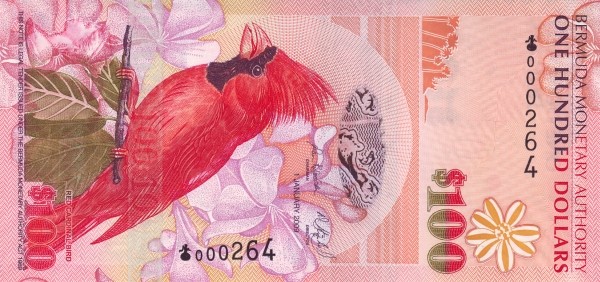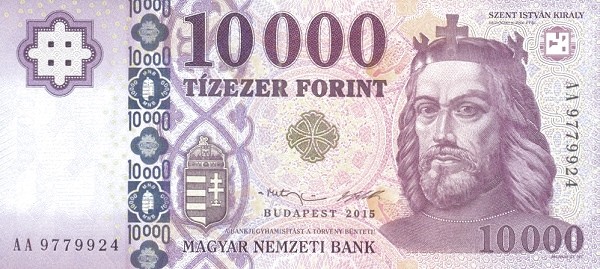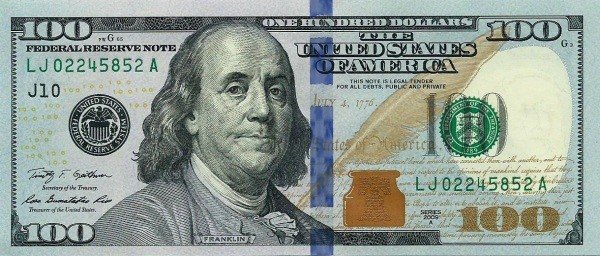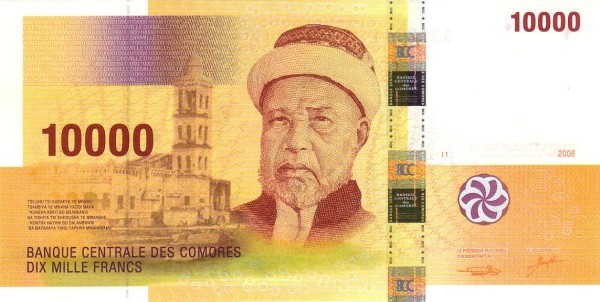Irish Pound
Irish Pound
The Irish Pound was the currency of Ireland from 1928 to 2002. It was also known as the punt in Irish. It was not a separate currency, but a distinct issue of the pound sterling, produced by the Bank of Ireland and later by the Central Bank of Ireland. The Irish Pound was equal to the pound sterling and was legal tender in the United Kingdom and other countries that used the sterling area system. The Irish Pound had its own set of coins and banknotes, which featured the harp, the national symbol of Ireland, and various historical and cultural figures. The Irish Pound was replaced by the euro in 2002, at an exchange rate of 1 euro = 0.787564 Irish pounds1. The euro coins and banknotes issued by Ireland still feature the harp and other Irish motifs. The Irish Pound was a symbol of Ireland’s independence and identity, as well as its economic and social development.
Below is the related paper currencies in Irish Pound.
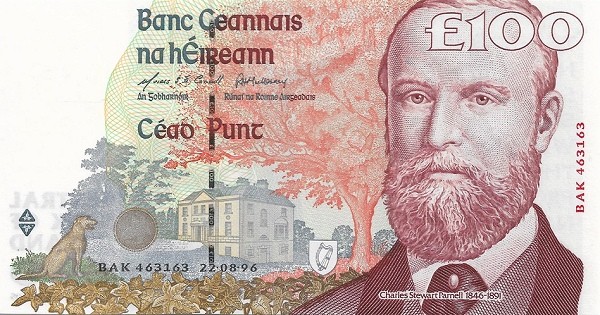
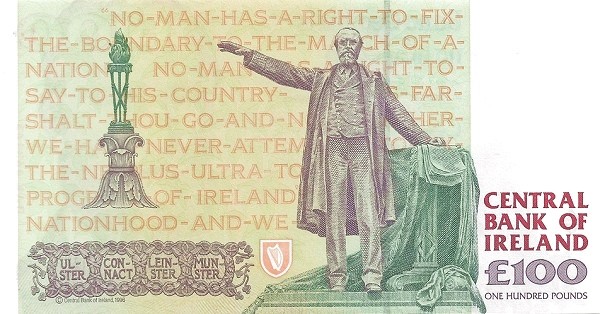
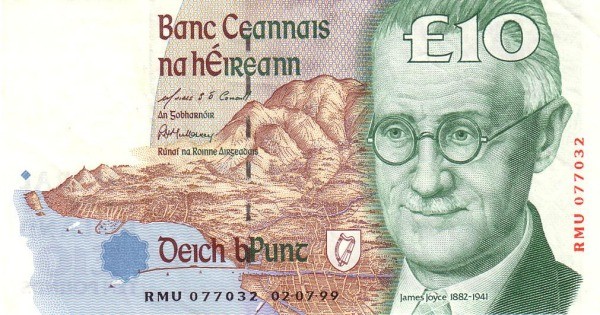
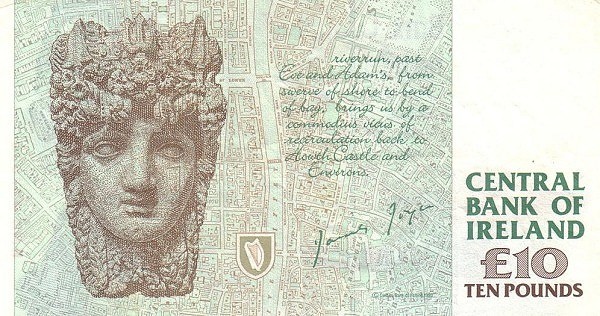
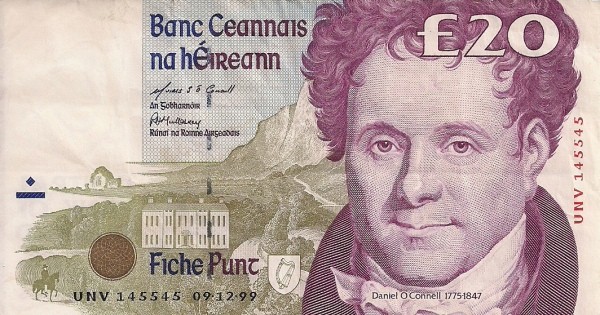
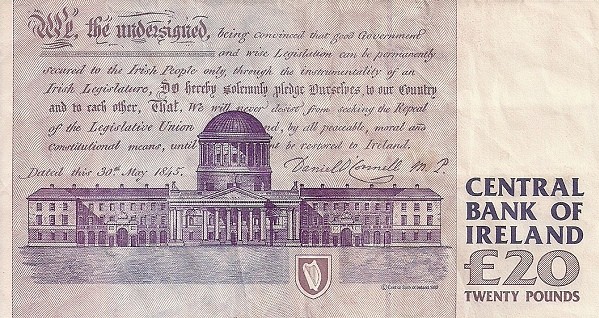
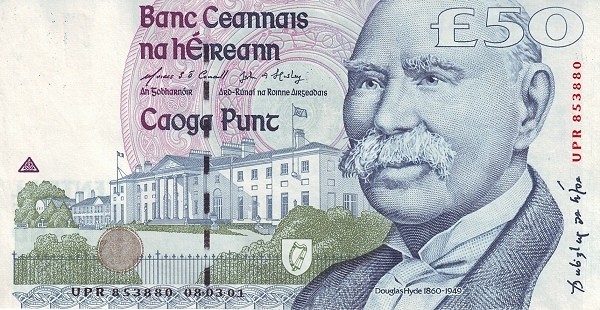
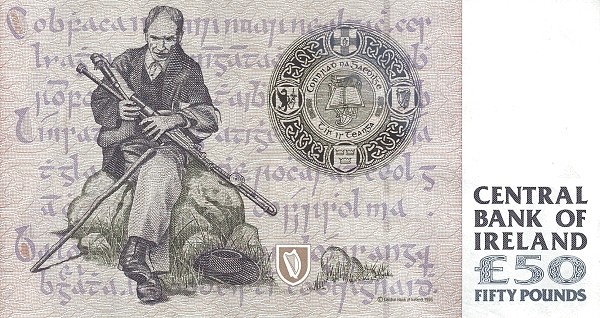
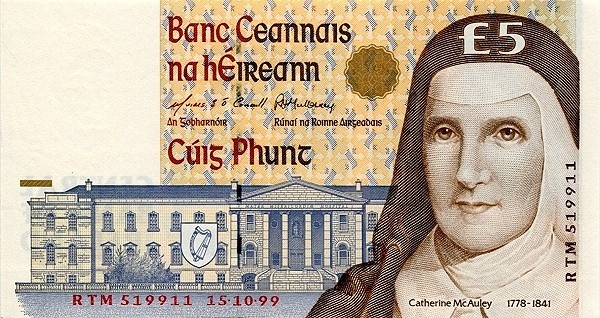
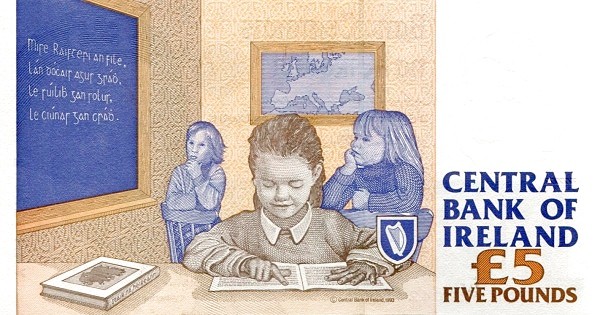
Bermudian Dollar
Bermudian Dollar2009BMD1002009BMD102009BMD202009BMD22009BMD502009BMD5
Hungarian Forint
Hungarian Forint2015HUF100002018HUF10002017HUF200002016HUF20002017HUF50002018HUF500
US Dollar
The US Dollar is the currency of the United States of America and several other countries and territories. It is also the most widely used currency in international trade and finance, and the main reserve currency of the world. Here is a brief introduction of the US Dollar:The US Dollar was
Comorian Franc
The Comorian Franc is the official currency of the Comoros, a small island nation located in the Indian Ocean. It was introduced in 1981 to replace the French Franc, which had been in use since the country's colonial period. The currency is issued by the Central Bank of the Comoros and is available in both paper and coin form. The exchange rate of the Comorian Franc is determined by market forces and is subject to fluctuations. While the currency has faced some challenges in the past, such





